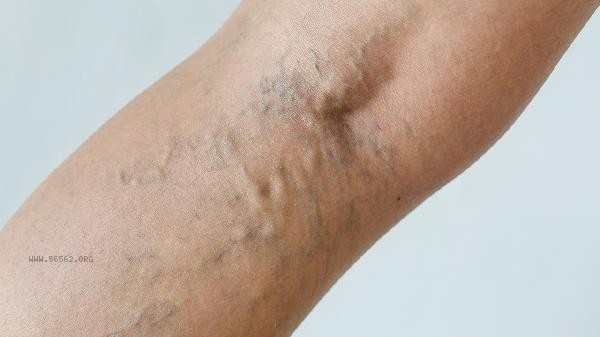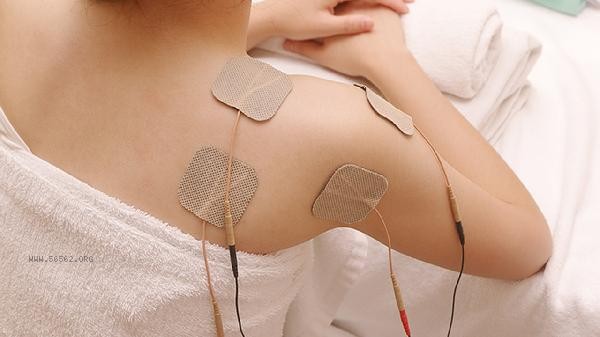Muscle soreness in the arms after exercise can be relieved through methods such as hot compress, moderate stretching, nutrient supplementation, alternating cold compress, and adequate rest. This type of soreness is usually caused by the accumulation of lactic acid or micro damage to muscle fibers, and mostly subsides on its own within 2-3 days.

1. Hot compress
Hot compress can promote local blood circulation and accelerate the elimination of metabolic waste. Apply a towel or hot water bottle at 40-45 ℃ to the sore area for 15-20 minutes each time. Hot compress is suitable for use 24 hours after exercise and should be avoided immediately after exercise to avoid exacerbating inflammatory reactions. Warm compress can be combined with mild massage, but the intensity should be gentle.
2. Moderate stretching
Static stretching of arm muscle groups can relieve muscle tension. Stretch your arm towards the opposite side for 15-30 seconds and repeat 3-5 times. When stretching, it is advisable to use a slight pulling sensation to avoid pain or rebound stretching. Stretching the biceps and triceps muscles separately can effectively improve muscle stiffness.
3. supplementing nutrition
Consuming foods containing high-quality protein and antioxidants can help with muscle repair. Within 2 hours after exercise, supplement with easily absorbable proteins such as whey protein or eggs, and pair with potassium rich fruits such as bananas. Moderate supplementation of vitamin C and vitamin E can alleviate oxidative stress response, and calcium in dairy products can also alleviate muscle spasms.

4. Alternating hot and cold
During the acute phase of pain, ice compress can be used to reduce swelling, and after 48 hours, it can be switched to hot compress. Apply ice for no more than 15 minutes each time, repeating at 1-hour intervals to avoid direct contact with the skin. Alternating between hot and cold can promote recovery through vasoconstriction and dilation, but patients with cardiovascular disease should use this method with caution.
5. Adequate rest
Ensuring 7-9 hours of sleep is beneficial for growth hormone secretion and promotes muscle fiber repair. Avoid high-intensity training before the soreness subsides, and instead engage in low-intensity activities to promote blood circulation. During rest, the upper limbs can be raised to reduce swelling, and a pillow can be used to support the arms and maintain a relaxed position.

Daily attention should be paid to fully warming up before exercise, gradually increasing training intensity, and avoiding sudden increase in load. Timely supplementation of electrolyte drinks after exercise to maintain water salt balance, and wearing compression sleeves may help alleviate delayed onset muscle soreness. If the pain persists for more than 5 days or is accompanied by symptoms such as joint swelling and skin redness, muscle strain or tendinitis may be considered, and it is recommended to seek medical examination. Long term fitness enthusiasts can regularly engage in fascial relaxation and yoga exercises to improve muscle flexibility and prevent soreness.








Comments (0)
Leave a Comment
No comments yet
Be the first to share your thoughts!